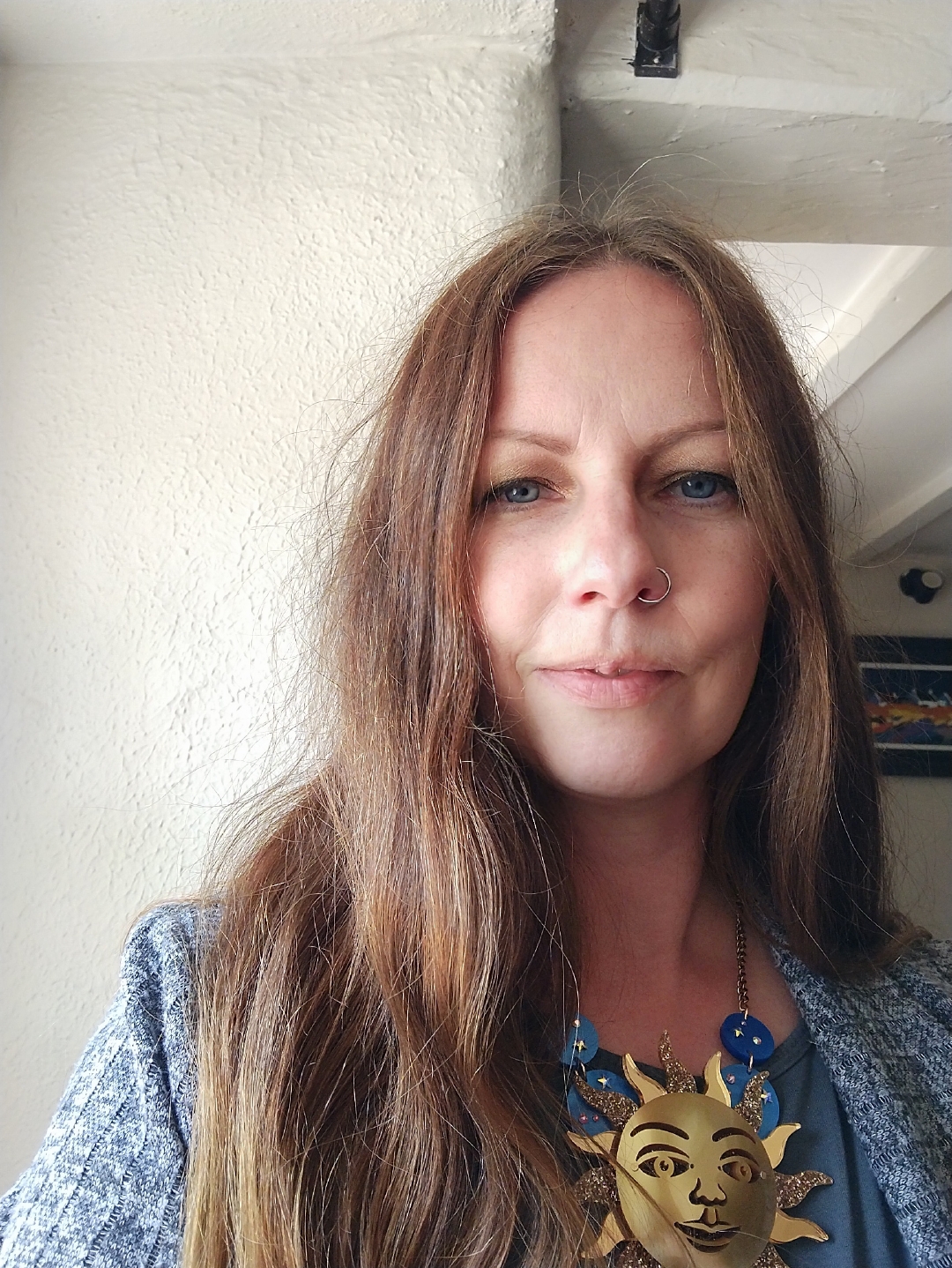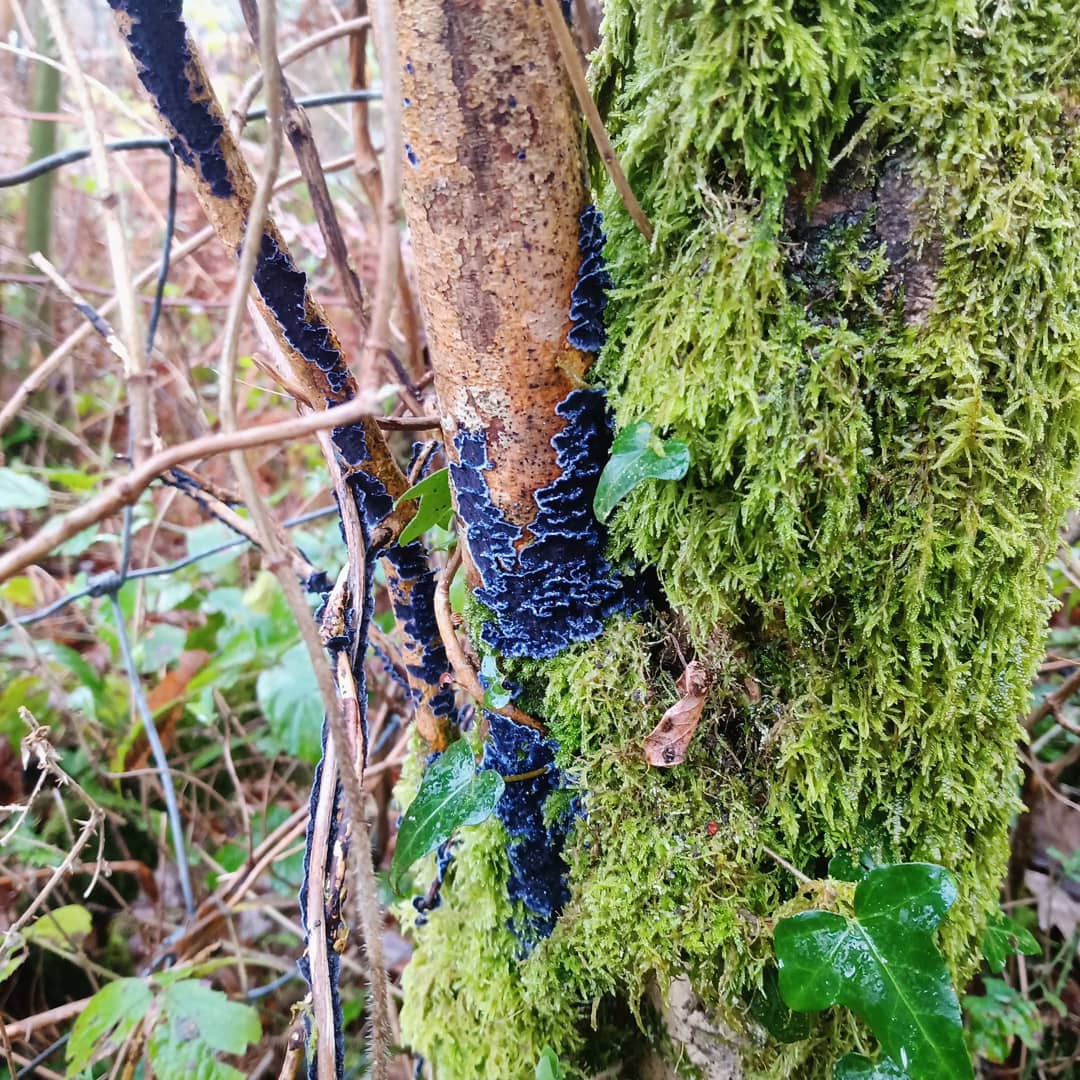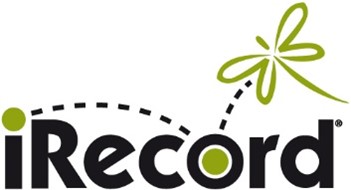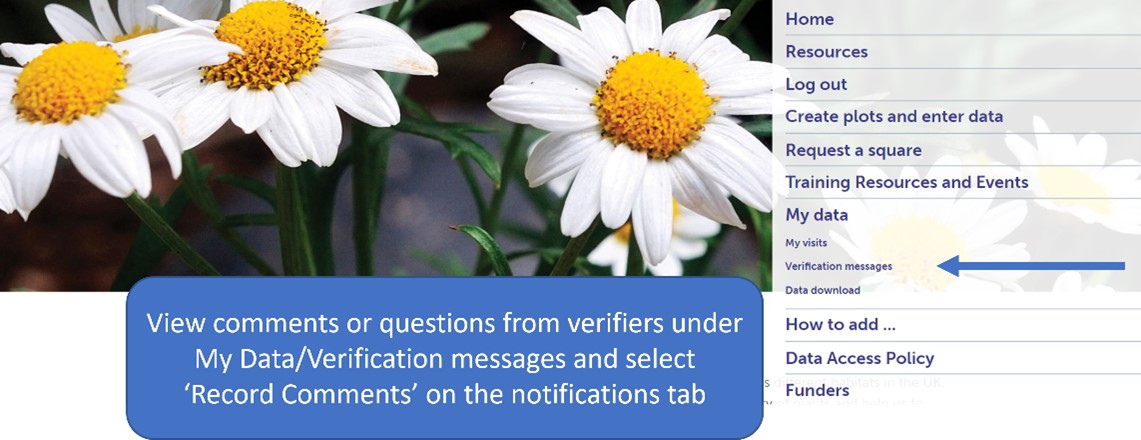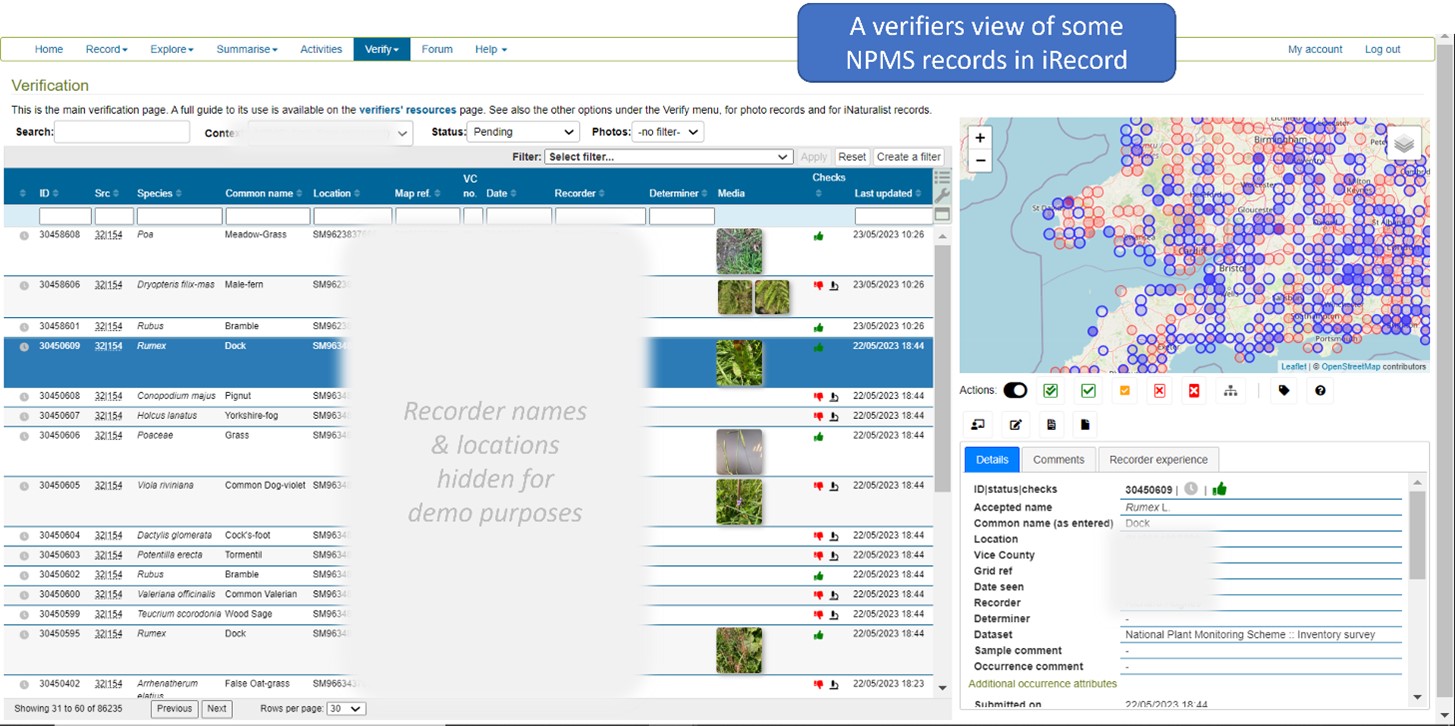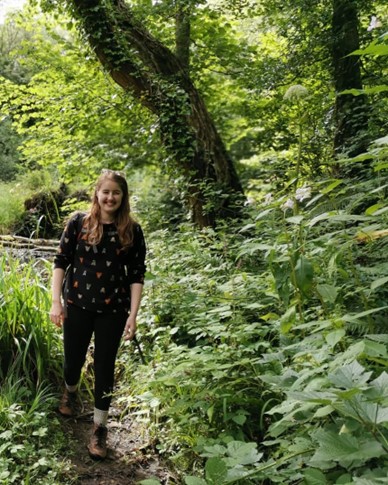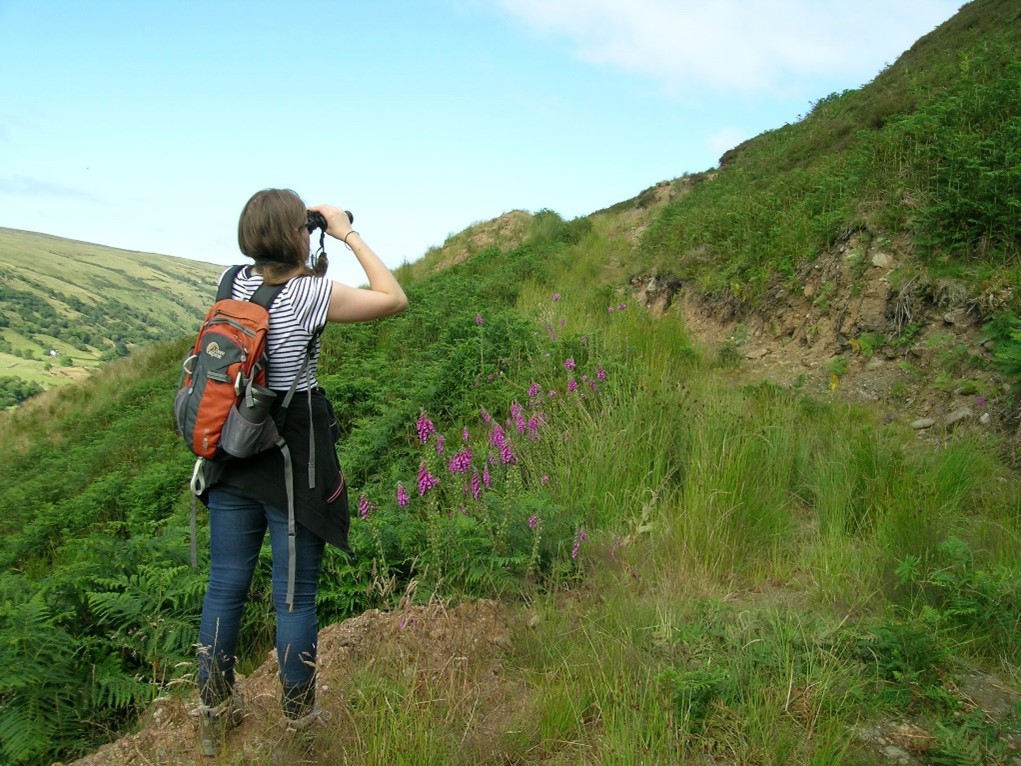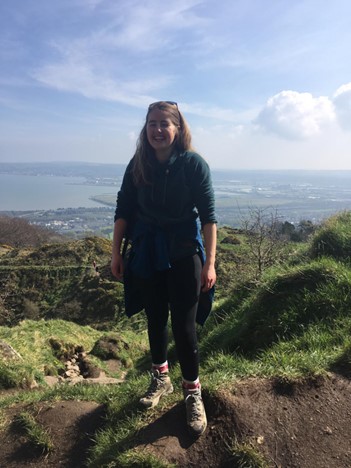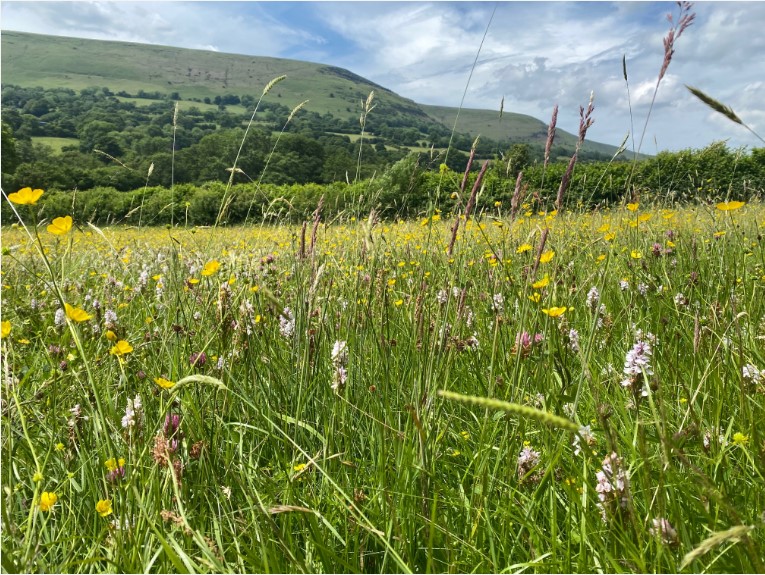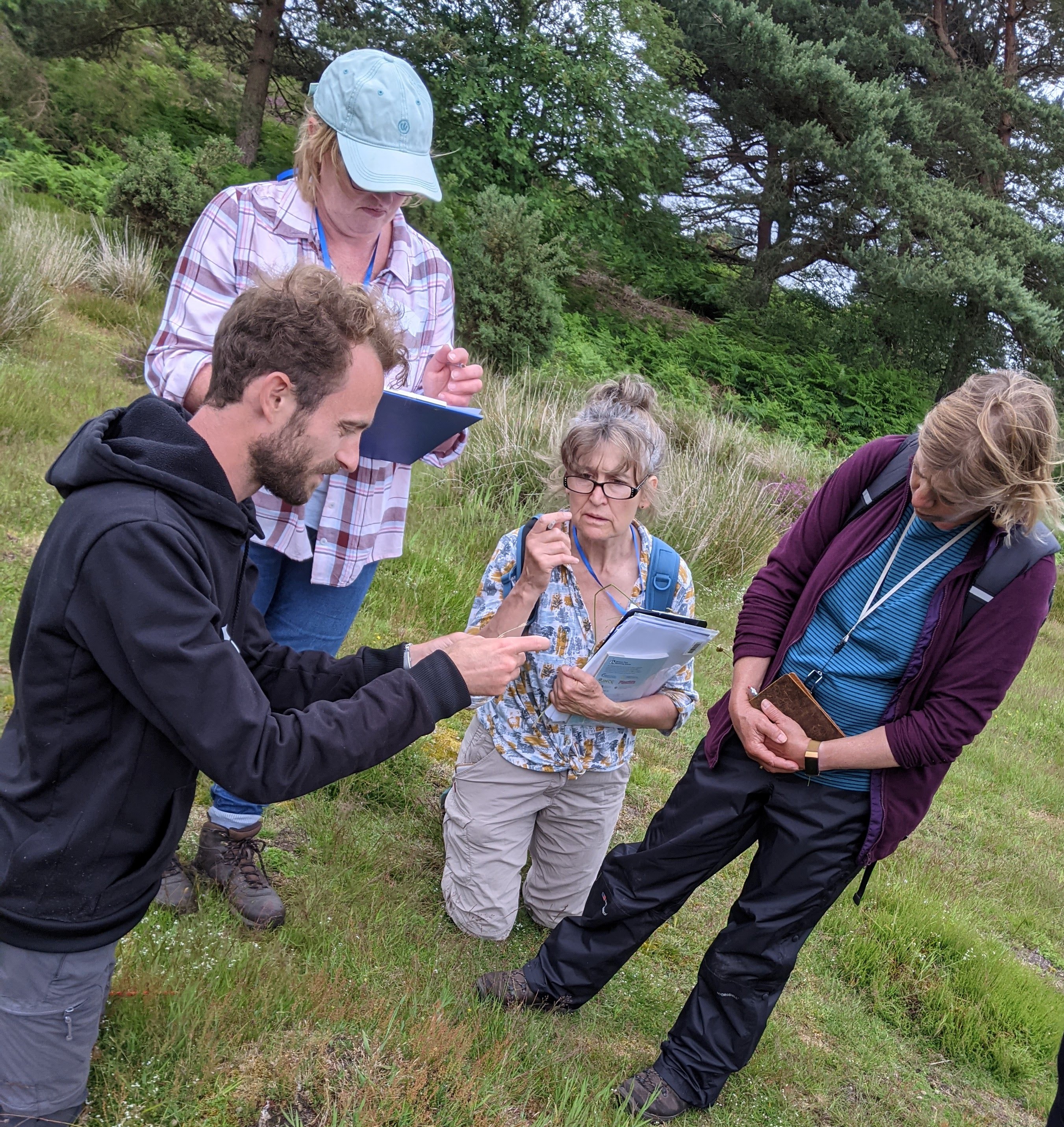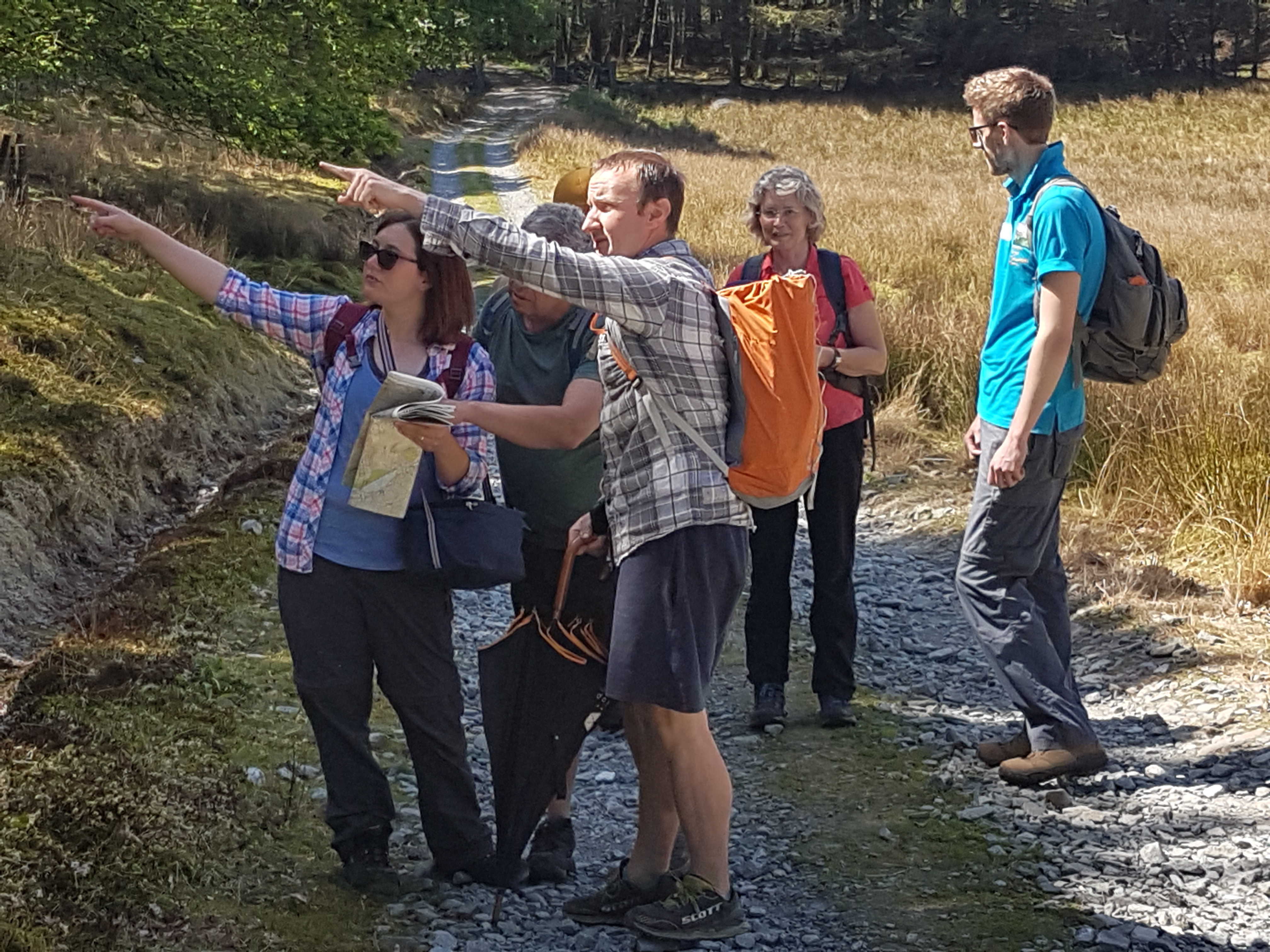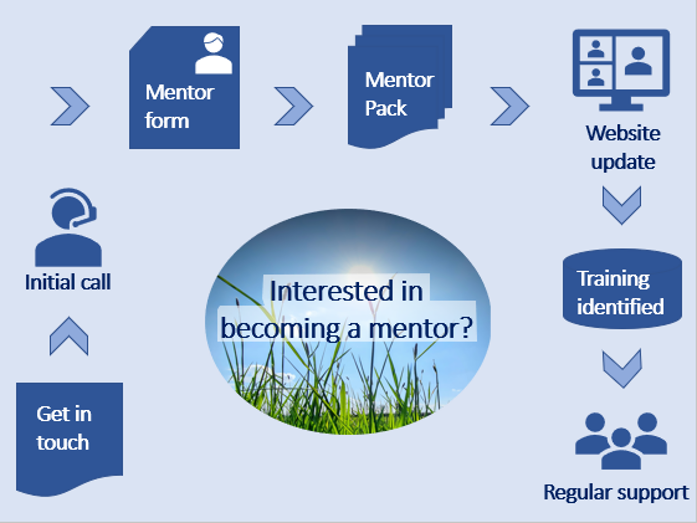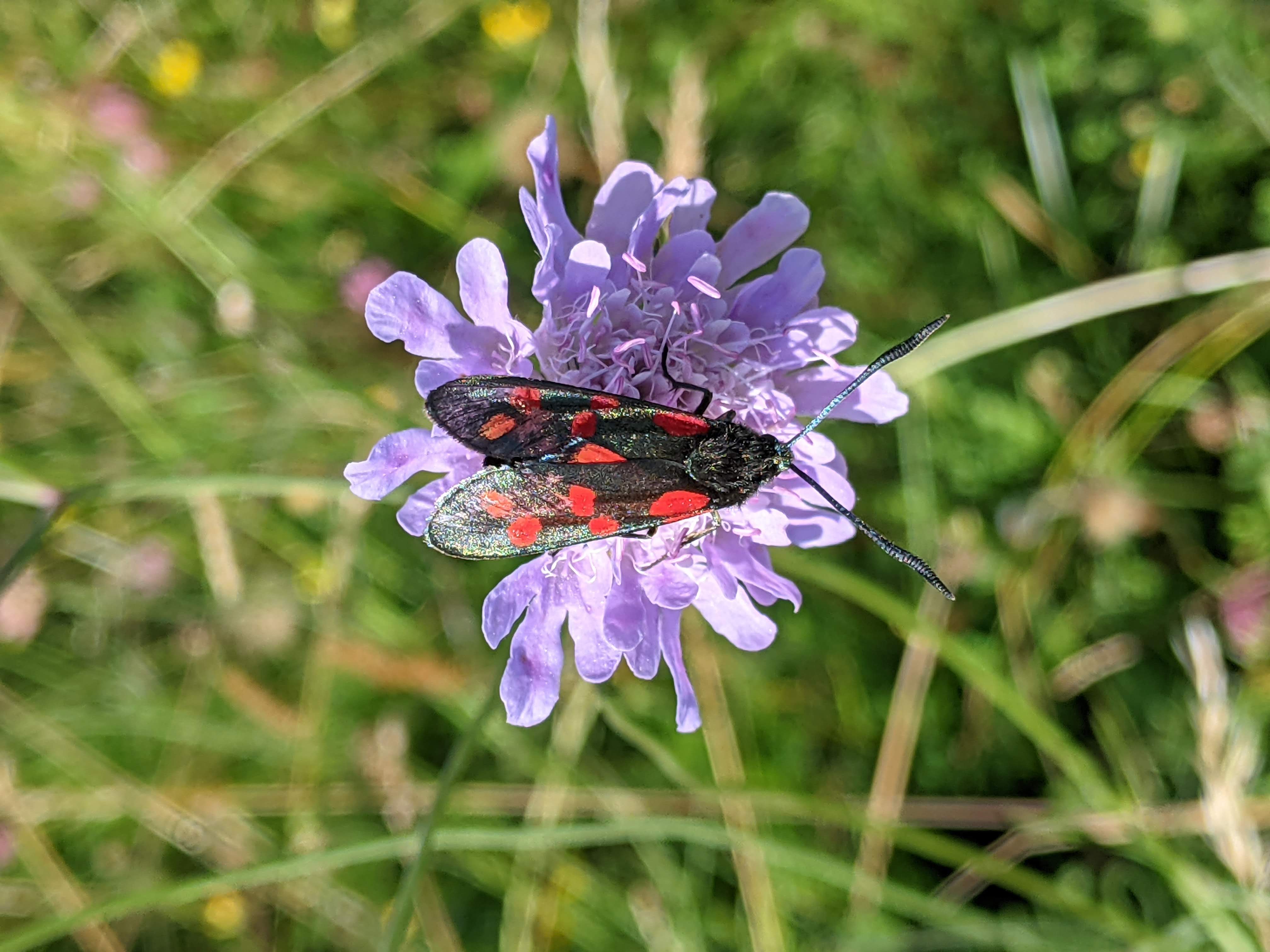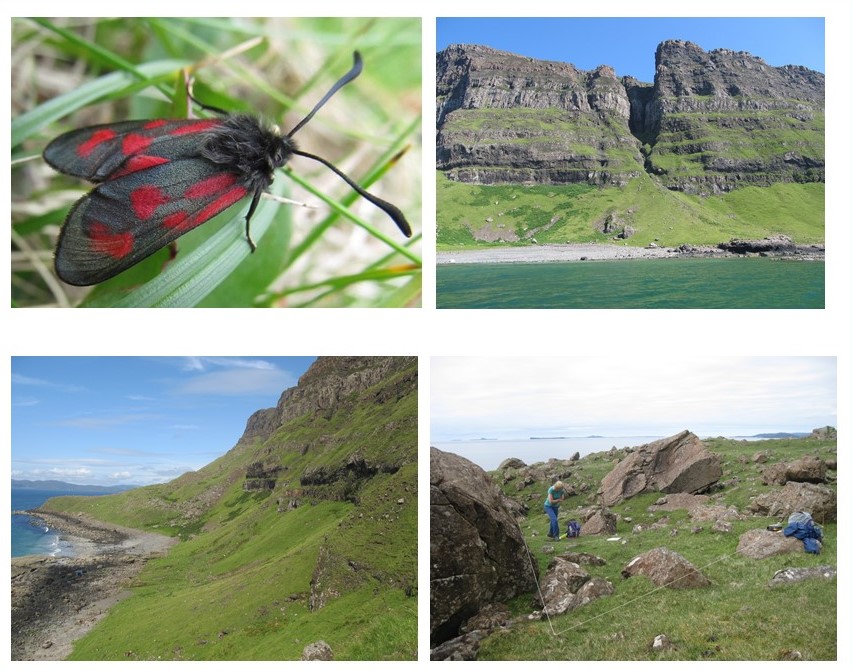Recently the NPMS partnership welcomed two new BSBI Botanical Skills Training Officers, who joined as part of the DAERA funded Botanical Skills Project to deliver botanical training in Northern Ireland.
We caught up with Kim Lake and Jo Mulholland for an introductory chat and to ask them a few questions about themselves and their new roles.
Thanks Kim and Jo, for taking the time to chat with us amidst inductions and the busy field season. A warm welcome to the NPMS.
What were you both doing before starting your new roles?
Kim: I'm a post-COVID career changer, moving away from a career in IT into more nature-based roles to get involved in the world around me.
Jo: I have worked in community education for the environmental sector in Northern Ireland over the last 25 years. I began with Ulster Wildlife (including Woodland Trust projects), after which I worked for the Royal Society for the Protection of Birds (RSPB). My work with the RSPB involved organising projects with Sentinus Research Academy Students. This gave me the opportunity to get out on lots of different fieldwork including habitat condition surveys for Marsh Fritillary butterflies.
I volunteer with BSBI and the NPMS as well as lots of other schemes including the BTO bird ringing project, as a licensed ringer, and as a Garden Birdwatch recorder. I also regularly moth trap in the garden for the National Moth Recording Scheme.
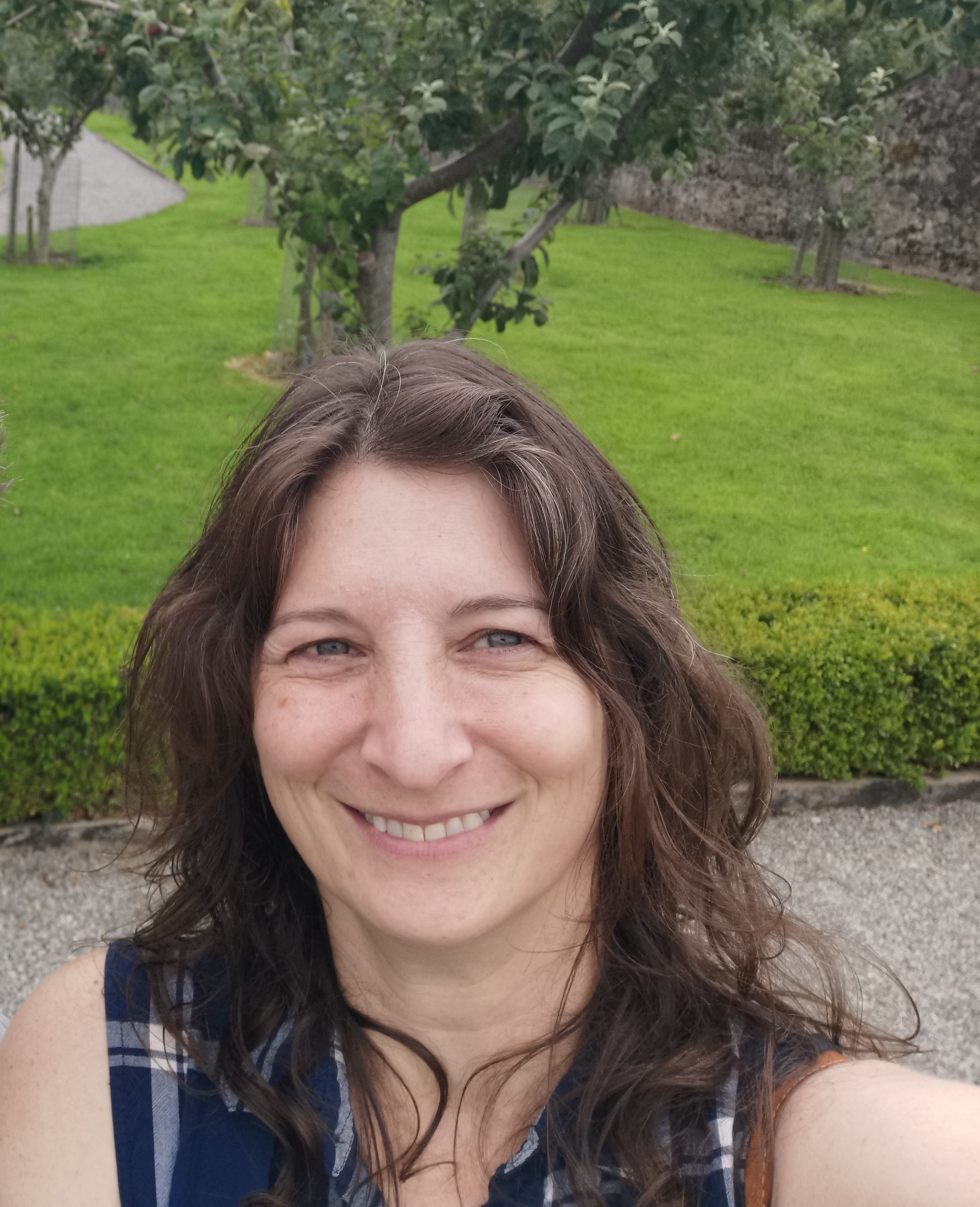
What does your new role involve?
We'll be providing botanical training in Northern Ireland for a range of people, all the way from complete beginners to experts. This involves developing and delivering events in various habitats around Northern Ireland to facilitate skill development in monitoring and recording.
A large portion of our roles are dedicated to increasing participation and coverage of the NPMS scheme in Northern Ireland and facilitating training for NPMS volunteers.
What are you most looking forward to?
Kim: I'm excited about getting involved with the NPMS, helping people with their squares and helping to uplift botanical skill across Northern Ireland.
Jo: I'm looking forward to meeting people from all over Northern Ireland and helping them, whatever their level, in progressing on their journey in botanical skills. I always love to see the reaction of wonder when someone, who has never looked at a plant up close with a hand lens before, discovers a whole new world. We are also looking forward to the celebrations this autumn marking 10 years of the NPMS.
What would you say to anyone thinking of getting involved with the NPMS in Northern Ireland?
Kim: I'd say definitely do it! Even though I'm new to it, the scheme has been running for 10 years now so this is an exciting anniversary and there's lots of experience within the project team. We're all here to support you!
.jpg)
Jo: The NPMS is a great scheme to get involved with to learn about the natural world in your locality especially if you are lucky enough to monitor a square close to home. I have been a volunteer with BSBI and the NPMS for several years. During my first experience of monitoring a linear plot alongside a busy road I was fascinated to discover how the flora changed in the space of a couple of metres. I never looked at roadside verges in the same way again!
Taking part in the NPMS opens up opportunities to learn about different habitats and how they have been managed and altered due to environmental changes. The data collected contributes to increasing our knowledge of the distribution of plants and their habitats.
Any exciting plans you'd like to share?
Kim: Jo has been working to encourage groups to work together on their square - so if you're a member of a community group, college or other organisation that would like to take on a square collectively, get in touch. Working as a group certainly helps share the workload as well as the fun.
Jo: Yes, this community approach is working well. The groups have local knowledge about land access and the community element has been brilliant for sharing knowledge and skills. Most of all, the whole recording process has been great fun to share with like-minded people.
Kim and Jo are looking forward to meeting volunteers through providing online support and at their in-field training days. Do get in touch with them if you have any Northern Ireland specific queries. [email protected]


